Dossier
Develop environmentally friendly crop production systems
Thomas de Witte | 27.04.2023
The direction is clear: less pesticides and nutrient surpluses, more biodiversity and climate protection, and all with as little yield loss as possible. The Thünen Institute is working on how this can be achieved.
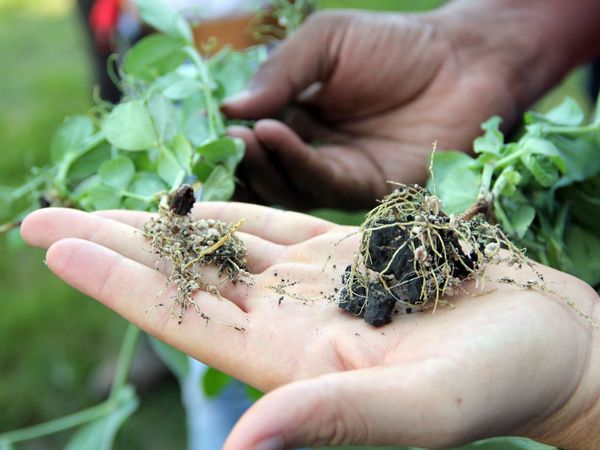
Many environmental issues are associated with current crop production systems, which is why current policy strategies provide a clear direction: Less pesticides and nutrient surpluses, more biodiversity and climate protection, and all without yield losses if possible. To be able to achieve these goals, the Thünen Institute is working on ways to turn existing crop production systems into a more environmentally friendly manner. In particular, the Thünen Institute has developed solutions to the questions of how and at what cost the use of plant protection products can be reduced, how nutrient discharges - especially of nitrogen - into the environment can be minimised and what measures can be taken to increase biodiversity in the agricultural landscape.
In the context of digitalisation, it is expected that innovative technologies will lead to a more precise and demand-oriented use of inputs in the future, thus making crop production more efficient and environmentally friendly. Therefore, the Thünen Institute has estimated the environmental benefits of technologies that will be available in the medium term and what is needed to ensure that possible potentials can be tapped in the future.

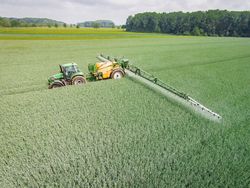
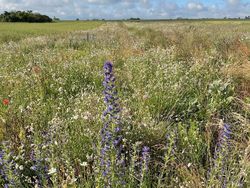
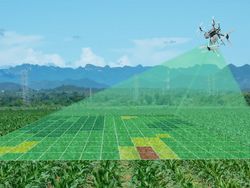
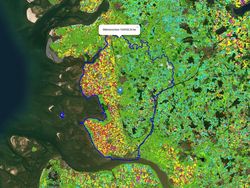
![[Translate to English:] Logo des Bundesministerium für Ernährung und Landwirtschaft](/media/allgemein/logos/BMEL_Logo.svg)